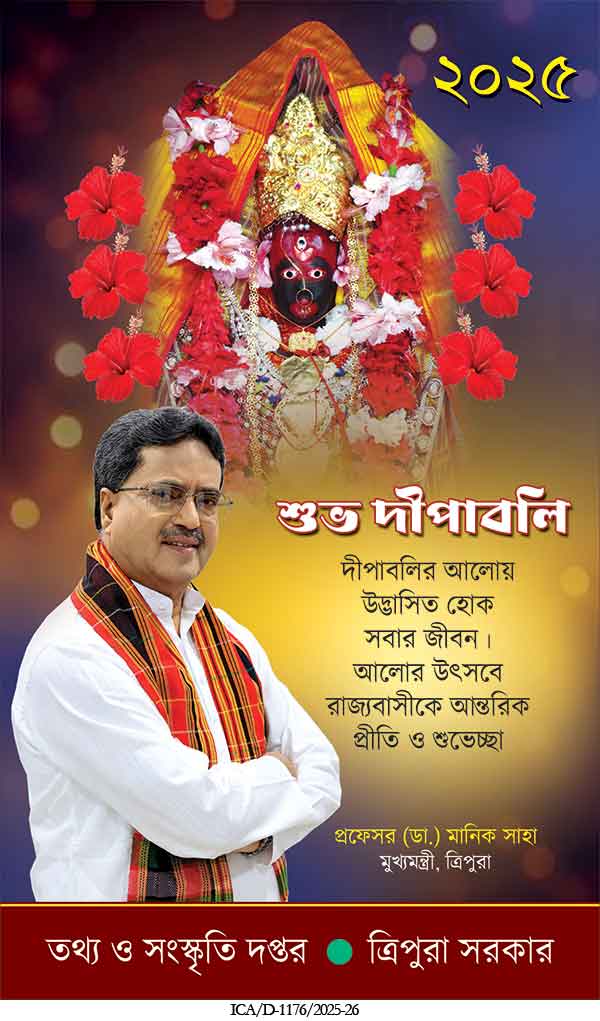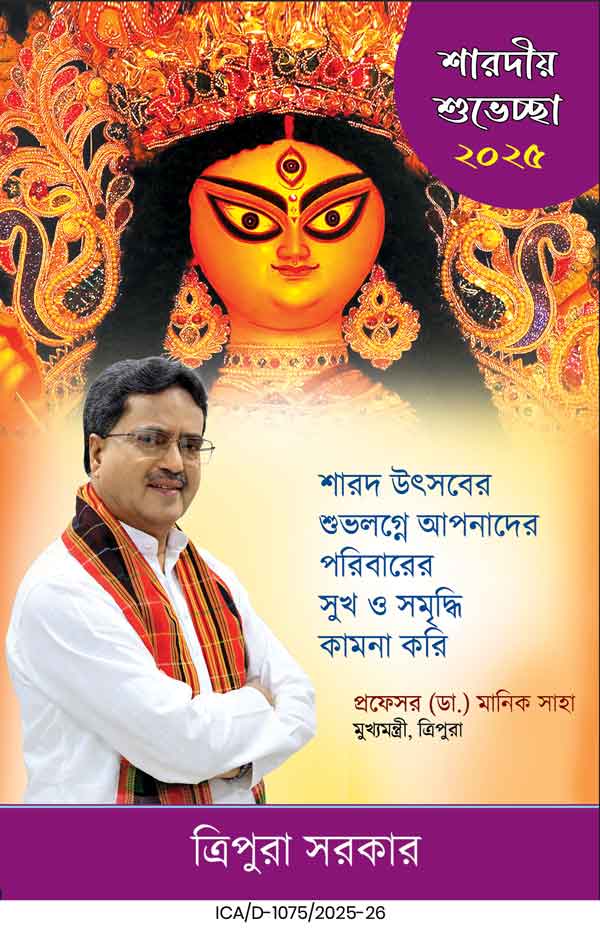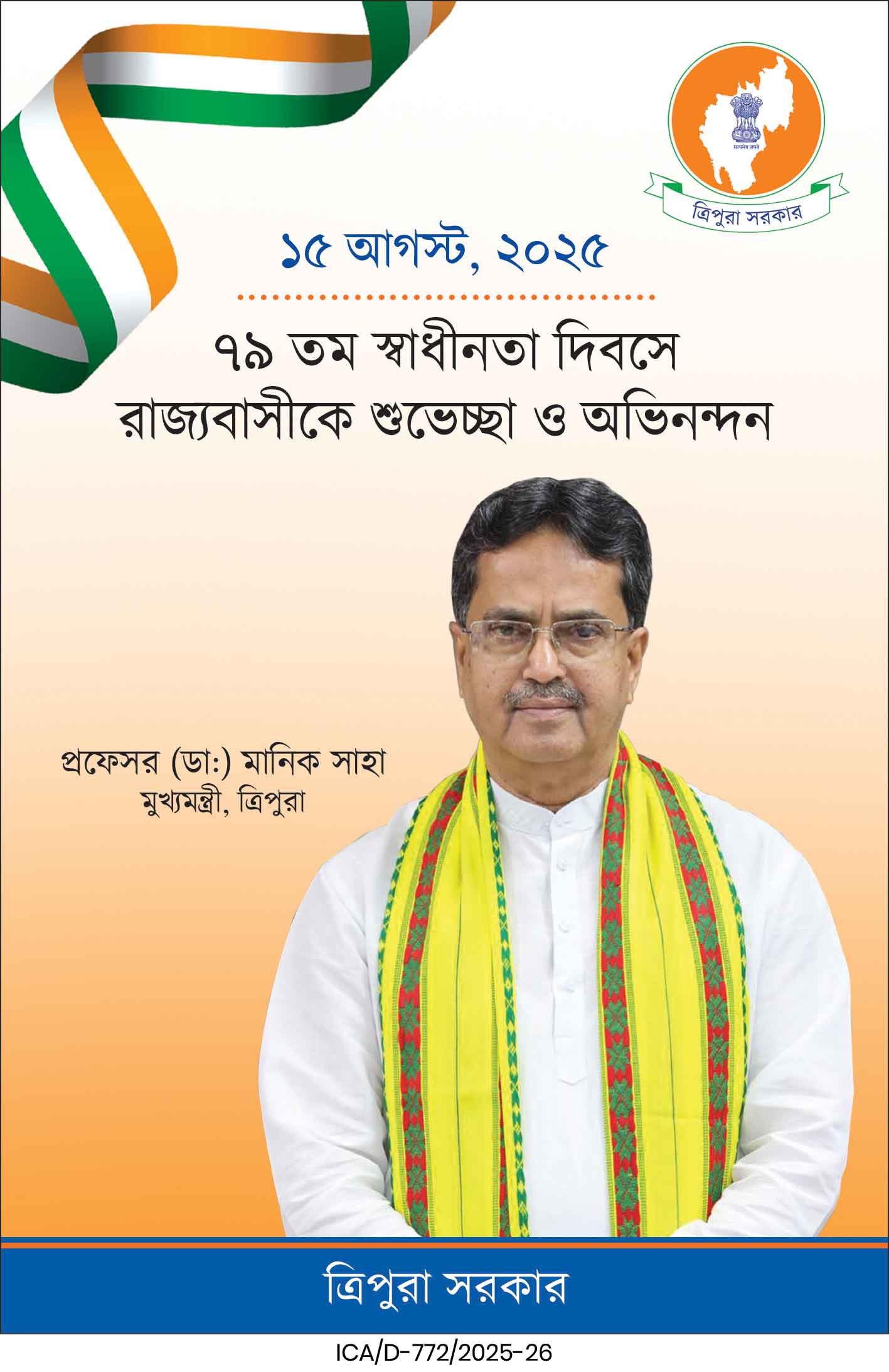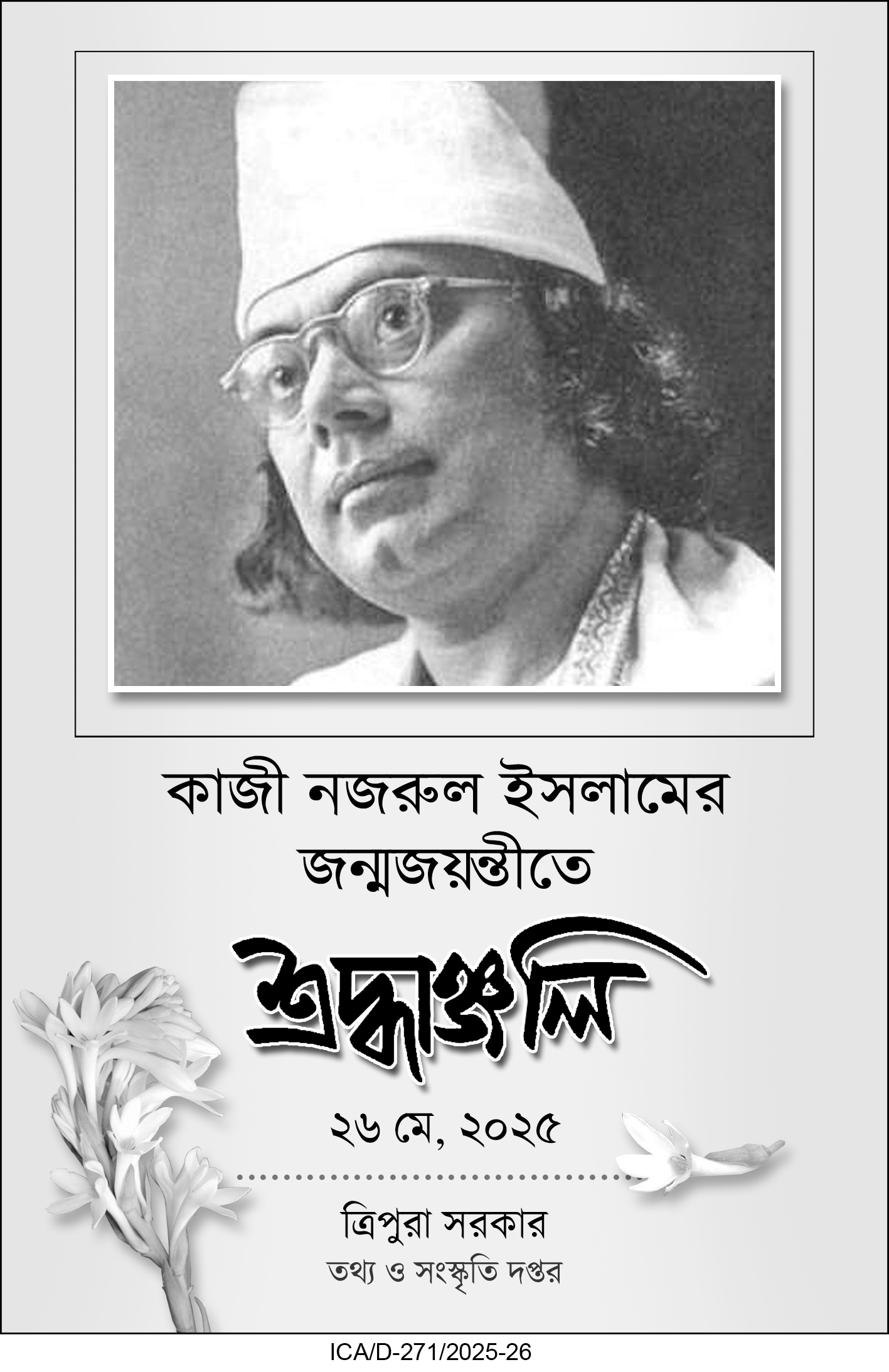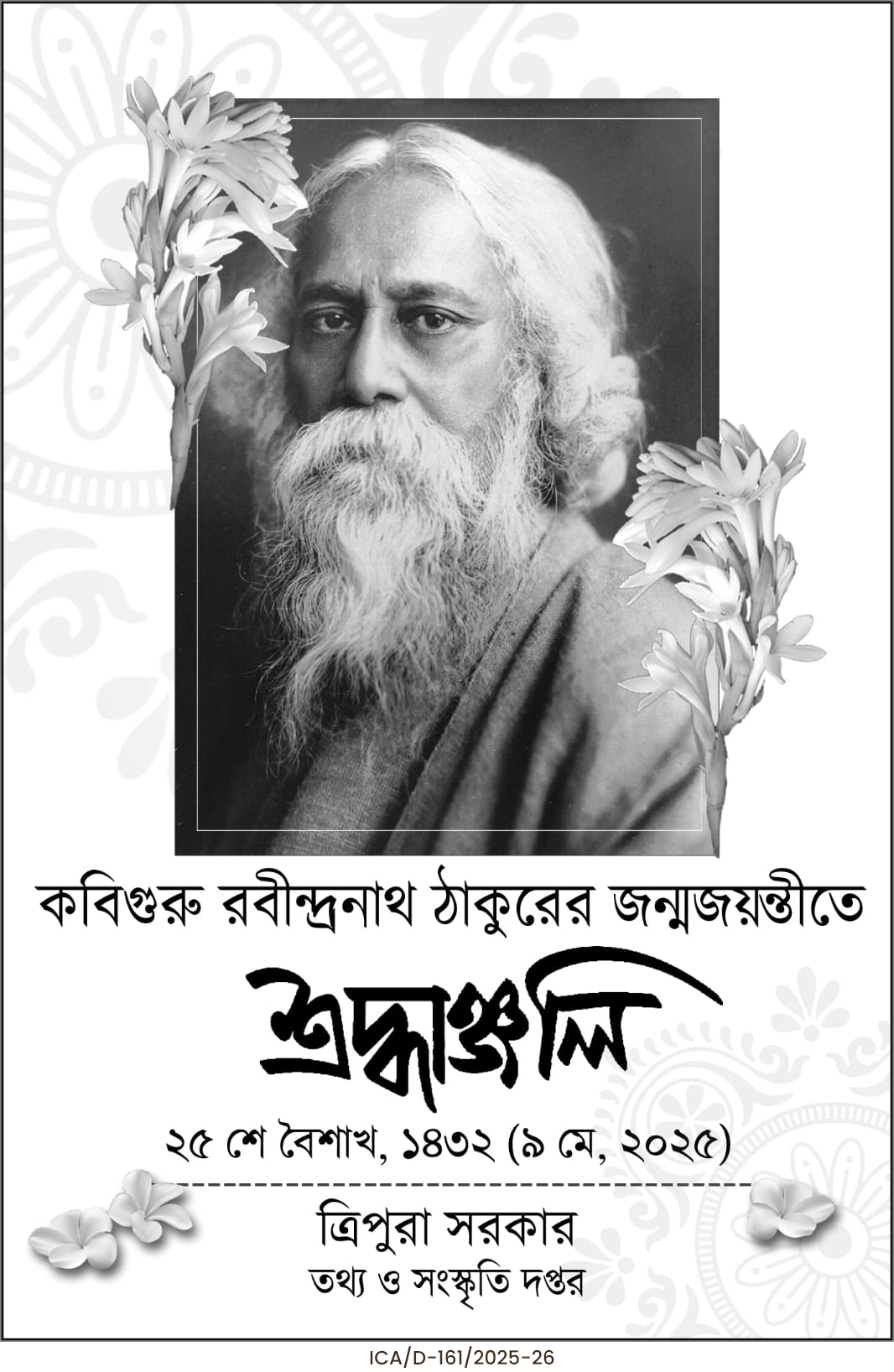As the sun set on the last day of the Bengali month of Poush, the air in rural Tripura came alive with an unmistakable energy. It was the eve of Poush Sankranti, one of the most significant cultural festivals for Bengali Hindus. Though its grandeur has faded in urban areas, where modernization has dulled the connection to ancient customs, the heart of this festival still beats strongly in Bengal’s villages. Here, tradition isn’t just remembered—it is lived.
For days leading up to the festival, anticipation had been building. Monday brought a crescendo of activity as villagers—mostly children- gathered to create the much-loved “Burir Ghor” or “elderly woman’s house.” This symbolic structure, a representation of the year’s hardships and past struggles, was built using straw and harvested paddy. The entire process was a communal affair—children with laughter on their lips, teenagers brimming with enthusiasm, and adults guiding the effort with practiced hands.
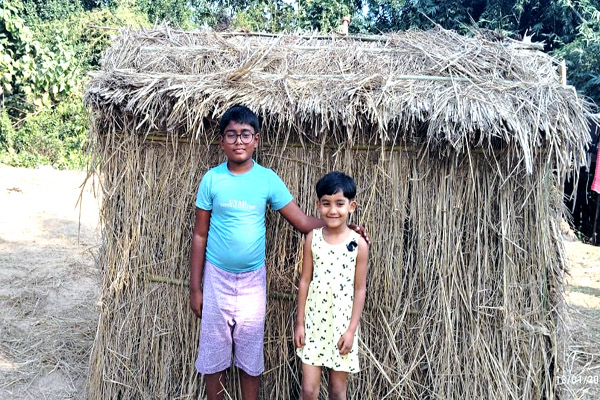 By dusk, the villages seemed to glow with a special kind of light, not from lamps but from the spirit of togetherness. Around the completed Burir Ghor, preparations for the evening’s celebrations began in earnest. Families brought out ingredients for traditional dishes, pots were arranged for cooking, and the aroma of freshly harvested grains filled the air.
By dusk, the villages seemed to glow with a special kind of light, not from lamps but from the spirit of togetherness. Around the completed Burir Ghor, preparations for the evening’s celebrations began in earnest. Families brought out ingredients for traditional dishes, pots were arranged for cooking, and the aroma of freshly harvested grains filled the air.
As night fell, the festivities began. Around the symbolic straw houses, villagers gathered to sing folk songs that had been passed down through generations. The older women led the younger ones in dances, their movements graceful and filled with stories of the past. The men recounted tales of their ancestors, and the children listened wide-eyed, their imaginations ablaze.
The elderly members of the community, who had witnessed decades of this festival, were its most passionate keepers. Sitting in warm groups near the fires, they shared stories of a time when Kirtans (devotional songs) and “Hori Loot” (a playful tradition of distributing sweets and fruits) were the heartbeat of Poush Sankranti. Their voices carried nostalgia and pride, their memories weaving a tapestry of devotion and joy.
Despite the chill of winter, the night was filled with warmth—both literal and metaphorical. Fires crackled, keeping the cold at bay, while the spirit of community wrapped everyone in an invisible embrace.
The festival’s grand finale awaited the dawn of Tuesday. As the first light of day touched the horizon, villagers gathered once again around the Burir Ghor. The symbolic structure, representing the old year and its burdens, was ceremoniously set ablaze. The fire, a beacon of renewal, signified the end of one cycle and the promise of a new beginning.
Following this ritual, many headed to nearby rivers and ponds to take holy dips, a custom believed to purify the soul and bring blessings for the year ahead. Offerings were made to ancestors, prayers whispered on the water’s surface as it carried hopes and gratitude into the unknown.
Through these traditions, Poush Sankranti stood as a reminder of Bengal’s rich cultural heritage. While the cities moved on, caught in the whirl of progress, the villages remained steadfast in their celebration of identity and community. For one brief moment in time, the past and present danced together, and the people of rural Bengal lived in the joyous spirit of their ancestors.
With inputs and pictures from Gopal Bhattacharjee of Kalyanpur

